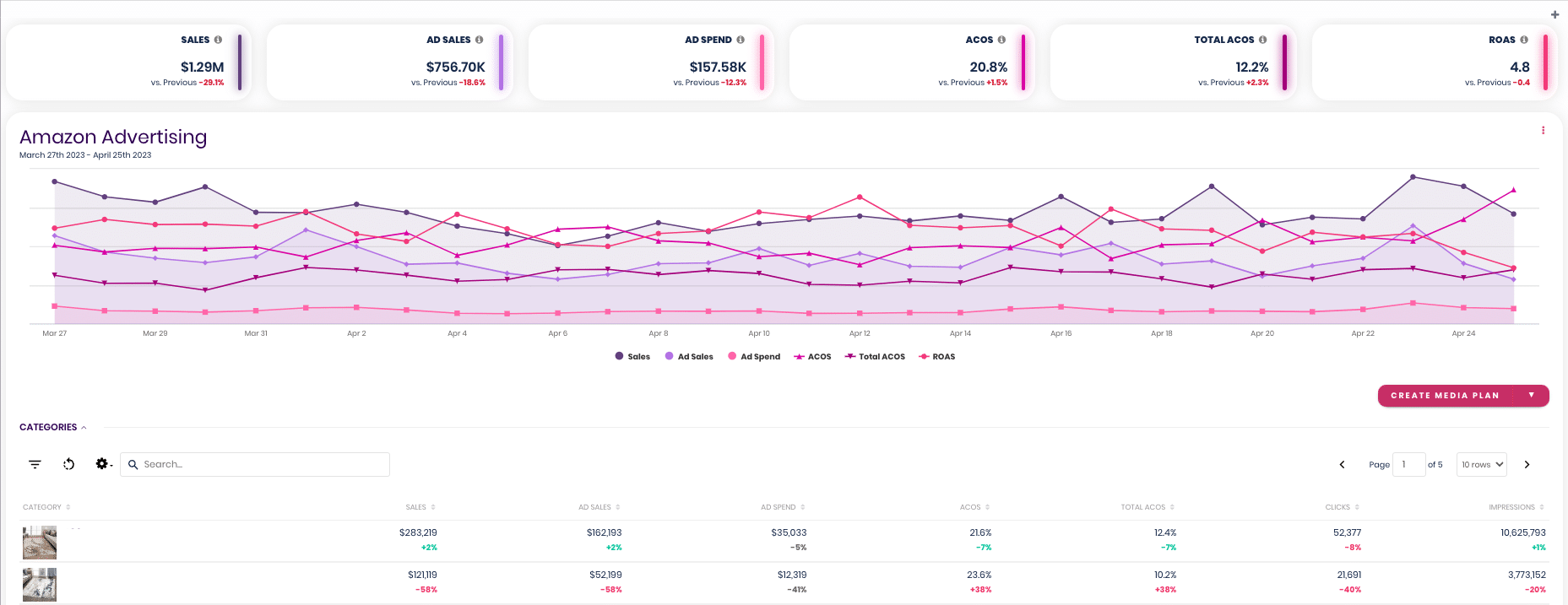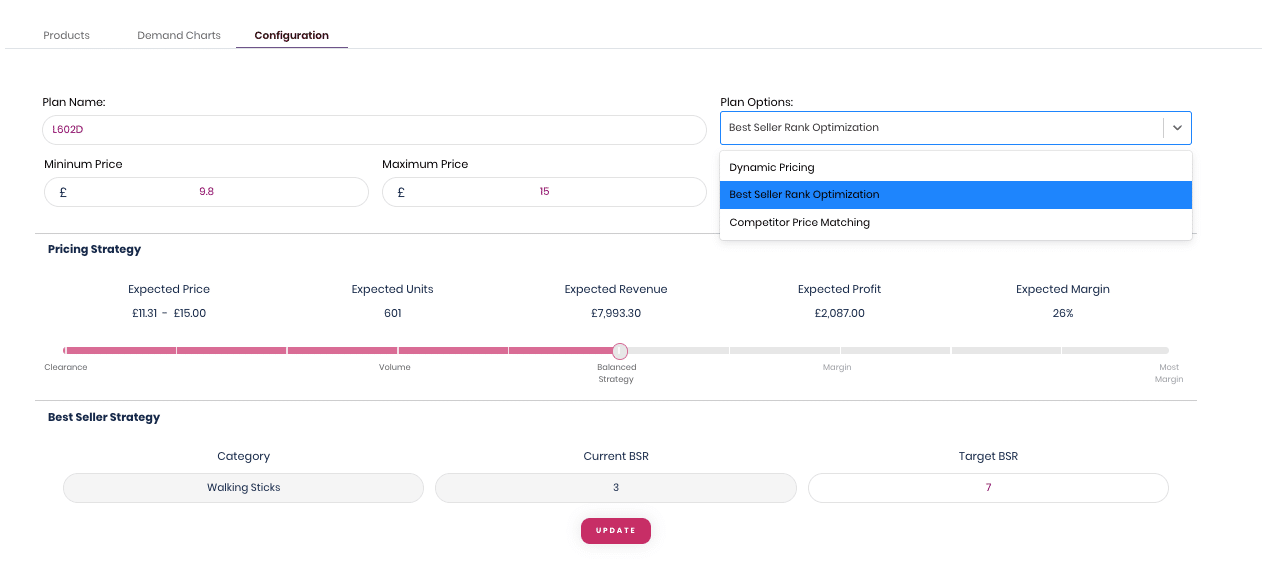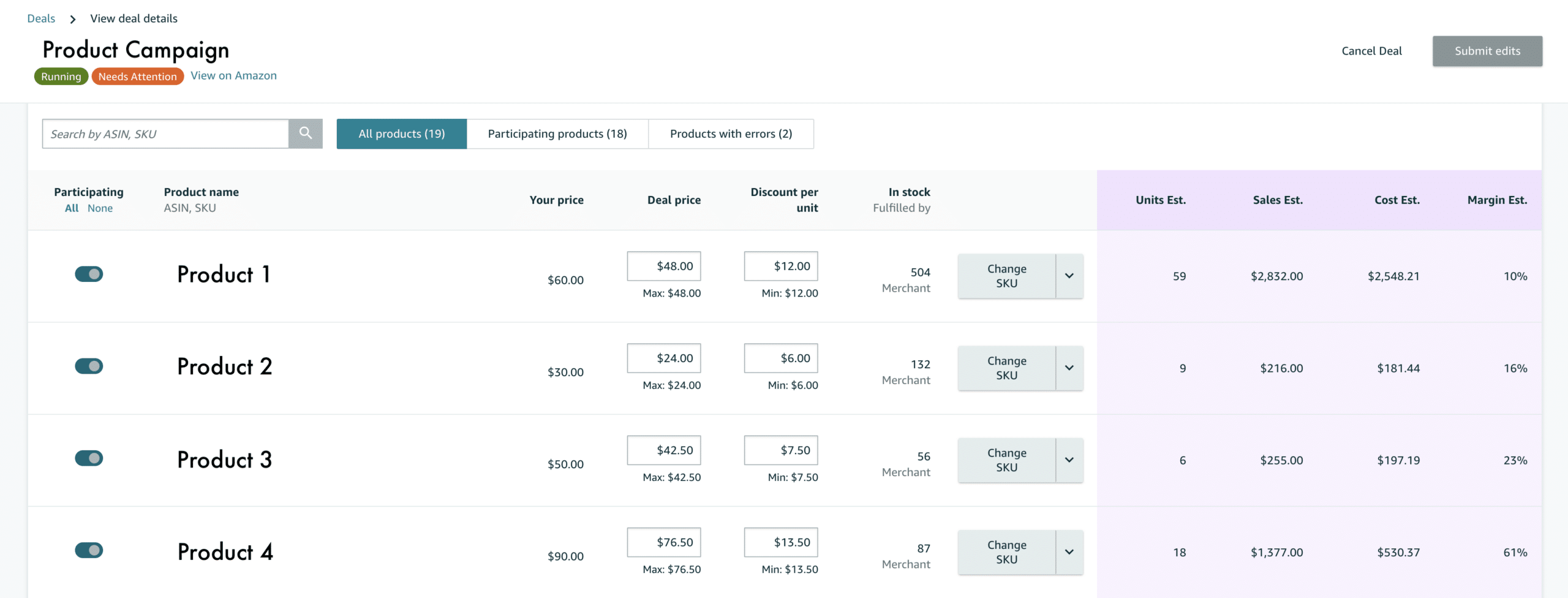Increase profits by Tracking every touchpoint. Learn more about Shopper Insights and Amazon Marketing Cloud.
- Platform
-
-
Features
-
Product Advertizing
Benefit from smart, AI-powered ad scaling for your listings.
-
Dynamic Pricing
Set automated pricing using the power of machine learning.
-
Product Content Optimization
Let our algorithm generate SEO-rich content for you.
-
Product Promotion
Harness cutting-edge software to drive higher conversions.
-
Market Intelligence
Gain access to game-changing data and dashboards.
-
-
Marketplaces
-
-
-
- Struggling to Price Your Product? Try our Free Amazon Pricing Elasticity Calculator Now!
-
-
- Services
- Pricing
- Resources
- Company





